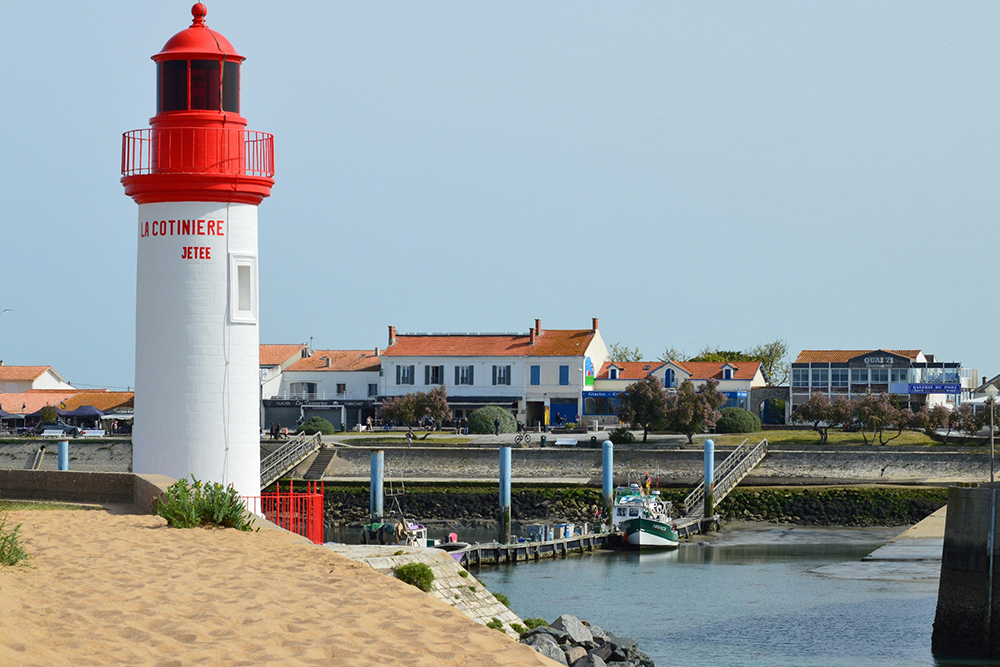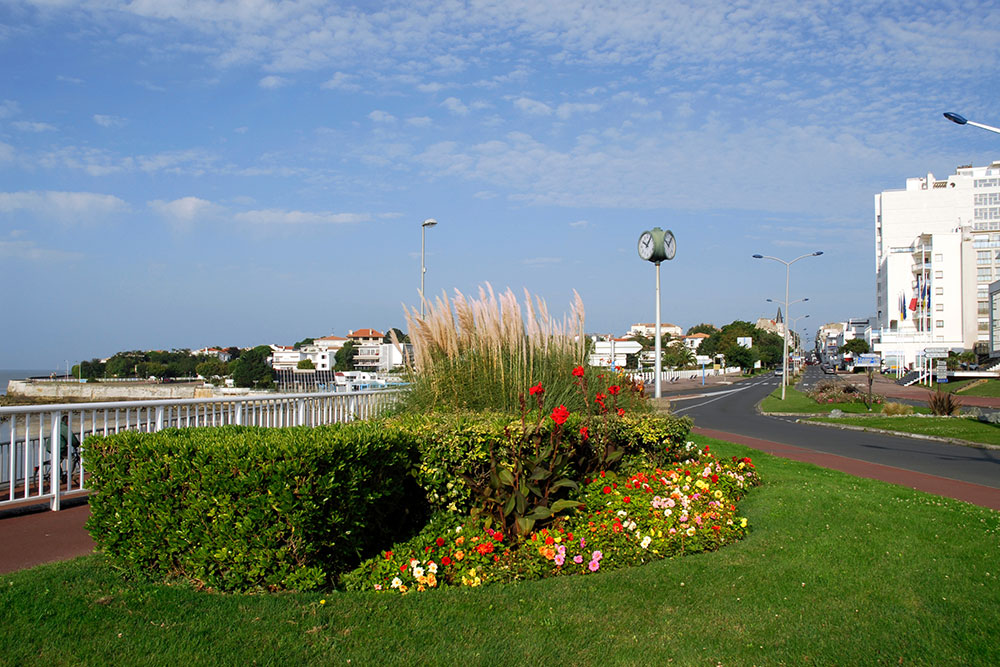

Entrance to Trebeurden, Brittany, France

Raz de Sein, Brittany, France

Bénodet, Brittany, France

Belle Île en Mer, Brittany, France
The next stage of our voyage takes us from the beautiful Belle-Île-en-Mer to Gijón, across the Bay of Biscay to northern Spain. This leg is one of the most challenging and exhilarating parts of the journey, combining scenic coastal sailing with a demanding open-sea passage. We leave Belle-Île behind, sailing southeast past the Île d’Yeu, a stunning island known for its rugged cliffs, golden beaches, and charming harbor at Port-Joinville. Île d’Yeu is a favorite stop for sailors, offering a chance to rest and enjoy fresh seafood, explore the island by bicycle, and take in its wild, unspoiled beauty.
From Île d’Yeu, we head toward La Rochelle, a historic maritime city and a key sailing hub on the French coast. La Rochelle’s impressive old port, lined with medieval towers, is a striking sight upon arrival. Its bustling marina is one of the largest in Europe, with excellent facilities and a vibrant community of sailors. This is an ideal stop to prepare for the crossing of the Bay of Biscay, ensuring the boat is fully provisioned and any necessary repairs or checks are completed. La Rochelle also provides a great opportunity to explore the city’s rich history, charming streets, and renowned seafood restaurants.
Continuing south, we reach Royan, situated at the mouth of the Gironde Estuary. Known for its beaches and relaxed atmosphere, Royan is the last sheltered harbor before we head out into the open waters of the Bay of Biscay. This is a critical stopping point for checking weather forecasts and ensuring the crew is well-rested and ready for the next stage, a 240 nautical mile open-sea passage to Spain.
The crossing of the Bay of Biscay is a test of skill, endurance, and timing. This infamous body of water has a well-earned reputation for its strong Atlantic swells, rapidly changing weather, and unpredictable conditions. Careful weather planning is essential, as storms can sweep through the area quickly, creating dangerous seas. Waiting for a settled forecast is crucial, especially for those planning night passages or extended periods of watch-keeping. The bay’s depth changes dramatically from deep ocean to shallow waters along the continental shelf, which can create steep and uncomfortable waves, particularly in strong winds.
Despite its challenges, the crossing is a rewarding experience. With good weather, the vast expanse of the open sea is both peaceful and awe-inspiring. Dolphins often accompany the boat, leaping through the bow waves, while seabirds soar overhead, far from land. The long hours of watch-keeping provide time for reflection, camaraderie, and an unparalleled connection to the sea.
As we approach Gijón, the dramatic Asturian cliffs come into view, offering a breathtaking introduction to the northern coast of Spain. The rugged coastline, dotted with green hills and ancient fishing villages, is a welcome sight after the offshore passage. Gijón, one of the largest cities in Asturias, is a lively port with a blend of maritime tradition and modern energy. Its marina is well-equipped, providing a safe haven after the long journey across the bay. Here, we celebrate the successful crossing and look forward to the next chapter of our voyage, exploring the beautiful and untamed Costa Verde, the "Green Coast" of Spain, where lush landscapes meet the wild Atlantic.
